A 30-Year High in Inflation Creates New Challenges
For much of the year, we have listened to the Fed saying that the surge in inflation is “transitory.” But inflation across a broad swath of products that consumers buy every day was higher than expected in October, hitting its highest point in more than 30 years, the Labor Department reported earlier this month.
The Consumer Price Index, a basket of products ranging from gasoline and health care to groceries and rents, rose 6.2 percent from a year ago — the most since December 1990.
So, what’s going on? Supply chain woes, shortages of some goods, higher raw material costs, pandemic stimulus, and a very accommodative monetary policy (also known as loose credit, which occurs when a central bank such as the Federal Reserve attempts to expand the overall money supply to boost the economy) — all of this is pushing up prices.
Also, steady yields and rising inflation are putting downward pressure on real interest rates, which seems to be encouraging investors to pile into stocks as Q3 profit growth was quite strong, and continues to accelerate well into Q4.
But inflation is heating up.
With the CPI and the core CPI, which excludes food and energy, at a 30-year high, the Fed’s “transitory” argument is coming under attack.
Year-over-year, the CPI accelerated from 5.4 percent in September to 6.2 percent in October.
There’s nothing to suggest a sharp slowdown in inflation near-term. It’s a big miss and an embarrassing miss for the Fed.
What’s behind the spike in inflation?
Supply chain disruptions limit supply.
Rising raw material and higher labor costs put pressure on margins.
Pandemic stimulus helps fuel demand at a time when supplies of various goods are limited.
While new pandemic-related stimulus isn’t forthcoming, there’s plenty of cash on the sidelines to fuel consumer spending.
It’s a perfect storm: Strong demand + rising raw material costs + limited supply = a faster rate of inflation.
Look no further than the chip shortage and the auto industry, which can’t produce the cars consumers are demanding. In turn, prices are up sharply.
Per the CPI for new vehicles, prices rose just 2.6 percent between 1997 and early 2021. Since March 2020, the price is up 11.4 percent.
At his late-August address in Jackson Hole, Wyoming, Fed Chief Powell said current inflation is “a cause for concern,” but quickly added that worries are “tempered by a number of factors that suggest that these elevated readings are likely to prove temporary.”
In other words, inflation is contained outside a few categories.
Recent data suggest price hikes are more broad-based.
The one-month annualized rate is more volatile than year-over-year inflation. The volatility can be noisy and send false signals, but it can pinpoint trends faster.
The sticky CPI and the PCE trimmed mean provide a better measurement of the broader price level than the full indexes.
The sticky CPI has been well above the Fed’s 2 percent target in seven of the last eight months.
The PCE has exceeded 3 percent in two of the last three months and will likely far exceed the Fed’s target in October.
“As supply problems have begun to resolve, inflation in durable goods other than autos has now slowed and may be starting to fall,” Powell said.
Inflation in goods is well above the Fed’s target Powell said, “Today we see little evidence of wage increases that might threaten excessive inflation.”
At his November press conference, Powell seemed to dismiss the sharp 1.3 percent rise in the Q3 Employment Cost Index, the largest increase since records began in 2001. Average hourly earnings for all private workers is up 4.9 percent year-over-year.
Job shortages in various industries are pushing up wages.
“Longer-term inflation expectations have moved much less than actual inflation or near-term expectations, suggesting…that current high inflation readings are likely to prove transitory,” Powell said.
If inflation expectations become unanchored, it becomes easier for firms to raise prices, which can fuel bigger wage gains.
The Fed says it stands ready to use its tools if inflation proves to be more persistent than it expects, but is the Fed’s bark worse than its bite? Investors don’t seem to believe the Fed will act aggressively against inflation.
The Fed has a dual mandate: price stability and full employment.
It’s taking its full employment mandate seriously while allowing inflation to run hot.
Yet, there are factors outside the Fed’s control that are keeping some out of the labor market.
Table 4 highlights inflation and the unemployment rate when the Fed implemented its first rate hike in three previous expansions.
In the past, the Fed boosted rates to cool the economy and pre-emptively stave off inflation.
That’s not happening today. The Fed has gone from proactive and risks being reactive. At his November press conference, Powell said he believes the Fed can be “patient” regarding rate increases.Today, Powell seems to be talking about one rate increase next year, possibly at the end of 2022. Fed fund futures suggest up to three rate hikes next year—still low given today’s inflation.
Furthermore, QE is expected to continue through June 2022, though the Fed could adjust.
The Fed announced a $15 billion reduction in bond buys in November and December. But most observers expect the pace to continue into 2022.
Disclaimer
This article was prepared by Horsesmouth, LLC, and does not necessarily represent the views of the presenting party, nor their affiliates. This information has been derived from sources believed to be accurate. Please note — investing involves risk, and past performance is no guarantee of future results. The publisher is not engaged in rendering legal, accounting, or other professional services. If assistance is needed, the reader is advised to engage the services of a competent professional. This information should not be construed as investment, tax, or legal advice and may not be relied on for the purpose of avoiding any Federal tax penalty. This is neither a solicitation nor recommendation to purchase or sell any investment or insurance product or service and should not be relied upon as such.








